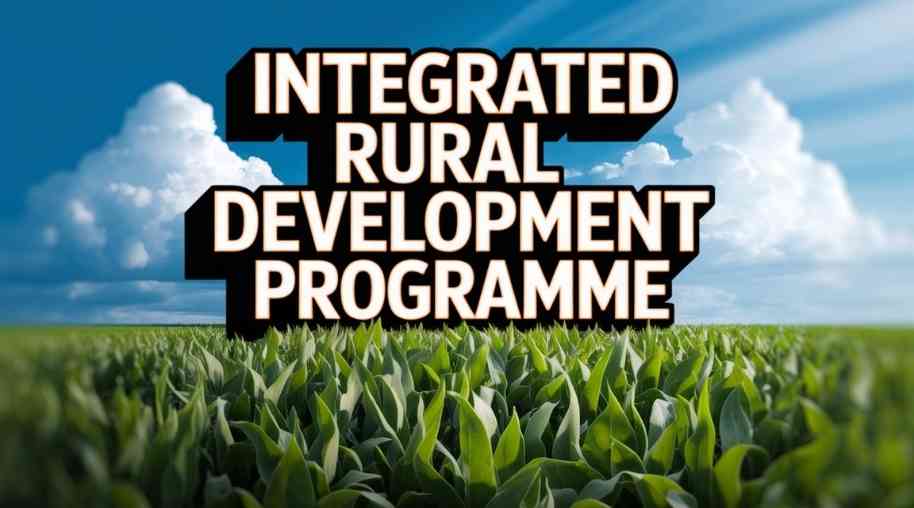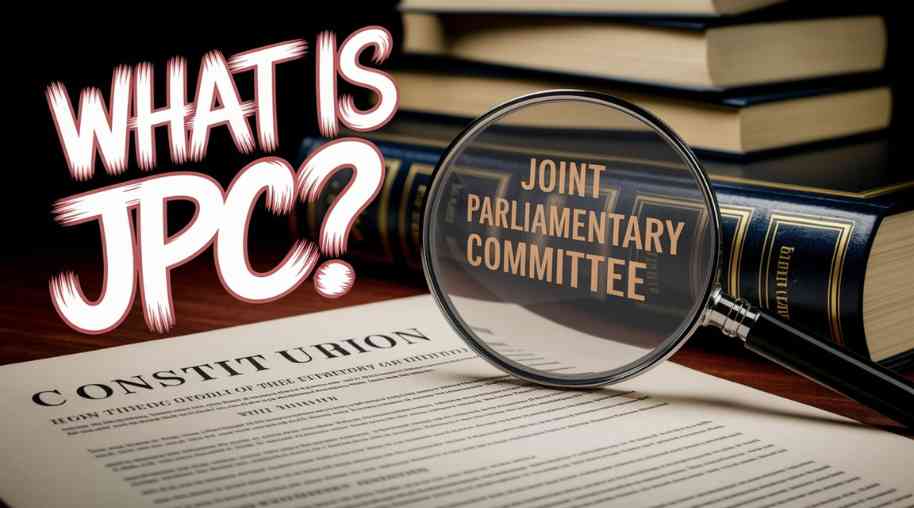IRDP Full Form-Integrated Rural Development Programme
by Shashi Gaherwar
0 2084
Integrated Rural Development Programme (IRDP): Objectives, Features, and Impact
Introduction
The Integrated Rural Development Programme (IRDP) was a pioneering initiative launched by the Government of India in 1978-79 to alleviate rural poverty and promote self-employment. The program aimed to provide financial and technical assistance to economically weaker sections in rural areas, helping them generate sustainable income through self-employment.

This article delves into the objectives, key features, implementation, achievements, and challenges of the IRDP, highlighting its role in transforming rural livelihoods in India.
Objectives of the Integrated Rural Development Programme (IRDP)
The primary objectives of the IRDP were:
- Poverty Alleviation: To uplift rural families above the poverty line by providing them with productive assets and financial support.
- Self-Employment Promotion: To enable self-employment opportunities through financial aid, subsidies, and skill training.
- Income Generation: To ensure a steady income for marginal farmers, agricultural laborers, rural artisans, and weaker sections of society.
- Inclusive Growth: To focus on the development of Scheduled Castes (SCs), Scheduled Tribes (STs), and women, ensuring their economic empowerment.
- Balanced Rural Development: To bridge the rural-urban gap by improving employment opportunities and financial stability in villages.
Key Features of the IRDP
1. Target Beneficiaries
- The program was designed for small farmers, rural artisans, agricultural laborers, and weaker sections of rural society.
- Priority was given to Scheduled Castes, Scheduled Tribes, women, and other economically disadvantaged groups.
2. Financial Assistance
- The IRDP provided subsidized loans from banks to help beneficiaries purchase productive assets such as:
- Cattle (for dairy farming)
- Agricultural tools and equipment
- Handlooms and handicraft materials
- Small-scale business assets
- Government subsidies ranged from 25% to 50% of the total cost of the asset, depending on the category of beneficiaries.
3. Implementation Through Bank Linkage
- The scheme was jointly implemented by banks and government agencies.
- Public sector banks, regional rural banks (RRBs), and cooperative banks provided loans to beneficiaries.
- The program aimed at ensuring easy access to credit for rural individuals.
4. Training and Skill Development
- Beneficiaries were provided technical training to help them efficiently use their assets and run their businesses.
- Various government and non-government organizations conducted entrepreneurship development programs (EDPs).
5. District-Level Implementation
- The IRDP was implemented at the district level through District Rural Development Agencies (DRDAs).
- Each district formulated a detailed plan based on local needs and resources.
Implementation and Evolution of the IRDP
- Initially launched in 1978-79 in selected districts, the program was expanded nationwide by 1980.
- The program functioned as an umbrella scheme, incorporating other rural development initiatives.
- Over the years, the IRDP was merged with other rural self-employment schemes to form the Swarnjayanti Gram Swarozgar Yojana (SGSY) in 1999, which was later restructured as the National Rural Livelihoods Mission (NRLM) in 2011.
Achievements and Impact of IRDP
1. Poverty Reduction
- Helped in lifting millions of rural families out of poverty by providing income-generating assets.
- Enabled rural people to diversify their income sources beyond traditional agriculture.
2. Employment Generation
- Encouraged self-employment and entrepreneurship in rural India.
- Created opportunities in dairy farming, handicrafts, handloom, and small-scale industries.
3. Women Empowerment
- Special provisions were made to include women beneficiaries, helping them become financially independent.
- Promoted women-led enterprises in rural areas.
4. Strengthening the Rural Economy
- Boosted rural industries, handicrafts, and agricultural productivity.
- Helped in reducing migration to urban areas by providing local employment.
Challenges Faced by the IRDP
Despite its successes, the IRDP faced several challenges:
1. Inefficient Implementation
- The program suffered from bureaucratic delays and lack of proper monitoring.
- Many beneficiaries faced difficulty in accessing bank loans due to lengthy procedures.
2. Asset Misuse and Non-Productivity
- Some beneficiaries misused loans or invested in unviable projects.
- Lack of proper follow-up and support services led to asset failures.
3. Regional Disparities
- The program had varying levels of success across states, with some regions benefiting more than others.
- Poorer states faced higher corruption and misallocation of resources.
4. Lack of Adequate Skill Training
- Many beneficiaries lacked the technical skills to efficiently use their assets, leading to business failures.
- Training programs were not uniformly available across districts.
Transition from IRDP to Modern Rural Development Programs
Recognizing the limitations of IRDP, the government restructured rural self-employment programs:
Swarnjayanti Gram Swarozgar Yojana (SGSY) – 1999
- Integrated various rural schemes for better self-employment generation.
- Focused on forming self-help groups (SHGs) for collective economic growth.
National Rural Livelihoods Mission (NRLM) – 2011
- Aimed at promoting sustainable livelihoods through SHGs and microfinance.
- Improved training, credit access, and market linkages for rural entrepreneurs.
The Integrated Rural Development Programme (IRDP) was a milestone initiative in India’s rural development history. By providing financial support and skill training, it enabled millions of poor families to generate sustainable income. However, inefficiencies in implementation limited its full potential.
With the transition to SGSY and NRLM, India has improved its approach to rural development by focusing on group-based entrepreneurship and sustainable livelihoods. Future programs must continue to enhance financial inclusion, skill development, and rural employment to achieve long-term economic prosperity.
IRDP laid the foundation for modern rural development strategies, making a lasting impact on poverty alleviation and self-reliance in rural India.
Further Learning Resources
If you’re passionate about building a successful blogging website, check out this helpful guide at Coding Tag – How to Start a Successful Blog. It offers practical steps and expert tips to kickstart your blogging journey!
For dedicated UPSC exam preparation, we highly recommend visiting www.iasmania.com. It offers well-structured resources, current affairs, and subject-wise notes tailored specifically for aspirants. Start your journey today!

Share:








Comments
Waiting for your comments